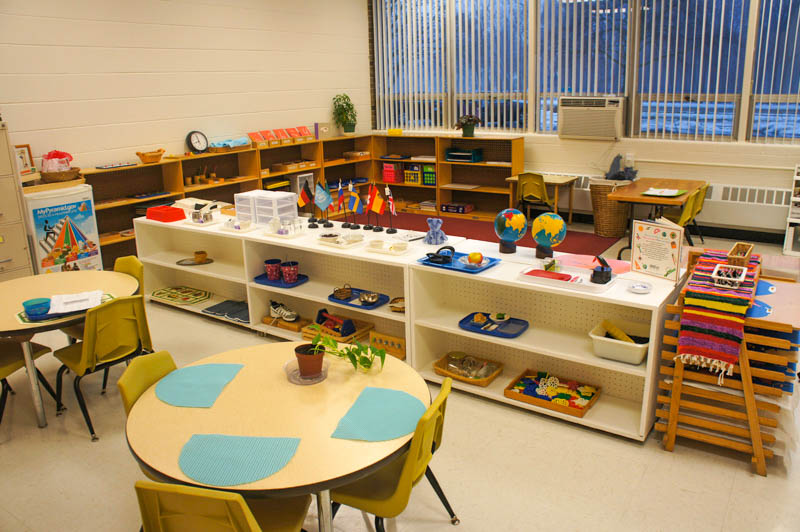Igniting the Flame: Cultivating Curiosity in the Classroom
In the dynamic landscape of education, one fundamental goal stands tall above the rest: fostering a lifelong love for learning. This journey begins with the spark of curiosity, a flame that, when nurtured correctly, can burn bright throughout a student’s academic career and beyond. Here, we delve into the art of cultivating curiosity in the classroom, exploring strategies and approaches that educators can employ to ignite this essential flame within their students.
Setting the Stage: Creating an Environment Conducive to Curiosity
At the heart of cultivating curiosity lies the environment in which learning takes place. A classroom that fosters exploration, inquiry, and discovery serves as the perfect breeding ground for curiosity to flourish. From the arrangement of furniture to the display of intriguing artifacts and resources, every element plays a part in signaling to students that their curiosity is not only welcome but encouraged.
Curriculum Design: Piquing Interest and Fueling Inquiry
A well-designed curriculum acts as a roadmap for the journey of learning, guiding students through a landscape of knowledge while leaving ample room for exploration. By integrating real-world relevance, open-ended questions, and opportunities for student-led inquiry, educators can capture the imagination of their students and inspire them to delve deeper into the subjects they encounter.
The Power of Wonder: Leveraging Curiosity as a Catalyst for Learning
Curiosity serves as a powerful catalyst for learning, propelling students beyond the confines of textbooks and lectures into the realm of active exploration. By posing thought-provoking questions, presenting intriguing problems, and encouraging students to follow their interests, educators can tap into the innate curiosity that lies within each learner, driving them to seek answers and engage deeply with the material.
Encouraging Risk-Taking: Embracing Failure as a Stepping Stone to Success
In a culture that often prizes perfection above all else, it’s essential to create a classroom environment where students feel safe to take risks and make mistakes. By reframing failure as a natural part of the learning process and celebrating the lessons that come from it, educators can empower students to push beyond their comfort zones, explore new ideas, and embrace the inherent uncertainty of discovery.
Modeling Curiosity: Inspiring by Example
As educators, we serve not only as guides but also as role models for our students. By demonstrating our own curiosity, enthusiasm for learning, and willingness to grapple with challenging questions, we inspire our students to do the same. Whether through sharing personal experiences, exploring new concepts alongside our students, or simply expressing genuine excitement for the subject matter, we have the power to ignite a passion for learning that extends far beyond the walls of the classroom.
Fostering Lifelong Learners: Cultivating Curiosity Beyond the Classroom
Ultimately, the goal of cultivating curiosity in the classroom extends far beyond the acquisition of knowledge or the mastery of skills. It is about instilling in our students a mindset of lifelong learning, a thirst for knowledge that will drive them forward long after they leave our care. By nurturing curiosity, we empower our students to become active participants in their own education, equipped with the skills, the mindset, and the passion to continue learning and growing throughout their lives. Read more about top teaching tips





